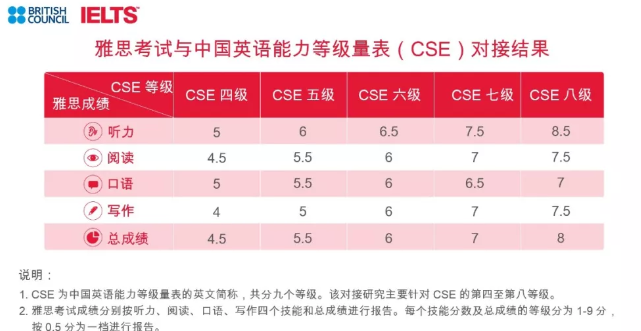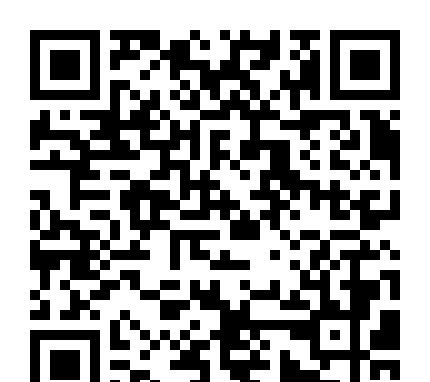2007年初中英语九大词类复习攻略-动词
|
九、动词(verb.)动词表示主语的动作或状态 (一)动词的种类。 (1)及物动词vt,其后接宾语。 eg.She wears a uniform. (2)不及物动词vi,不接宾语。 eg :She can dance. (3)连系动词like-v.接表语。 eg.They are nurses. That sounds interesting. His mother looks young. If you keep milk for too long, it goes bad. (4)助动词aux--V.接动词原形或分词(它无实在意思,只起语法作用)。 eg, DO you like pandas? He has gone to Australia. She is looking at the cat. (5)情态动词mod-v.接动词原形(它不能单独作谓语,有自己的意思,无人称和数的变化)。 Eg. He must go now. You should clean the classroom after class. (6)有些动词既可作及物动词,也可作助动词或不及物动词,be也可作助动词。 eg.I do my homework after class.(Vt.) Do as you like.(Vi.) She is a little bit quiet.(mod-v.) She is swimming now.(aux-v.) 二)情态动词的用法 (一)can,could,may的用法 l .can/could (1)表示具有某种能力,意为“能,能够,会”(could表过去)。 eg.I can sing English songs. Lisa can’t speak Japanese. She could swim when she was four years old. (2)表示许:可、允许,意为“可以”。 eg.Can we watch TV now? You can’t play computer games in the morning. (3)表示请求某人做某事,意为“能,能够”(用could使晤气更委婉)。 eg.Can/Could you help me,please? (4)表示推测“可能”,多用于否定句和疑问句中。(表肯定推测可用must,might,could等) cg。it can’t be true.这不可能是真的。 Where can he have gone?他可能会去哪儿呢? 2.may/might (1)表示许可、允许,意为“可以”,比can更正式。 eg. May l use your pen?我可以用你的钢笔吗? May l ask you a question?我可以问你—个问题吗? (2)表示推测“可能”,用于肯定句和否定句,不能用于疑问句。 eg.He may be at home now.他可能现在在家。 She may not be there today.今天她可能不在那儿。 (二)can与be able to的区别 1.两者都可以用来表示能力。 eg.I can/am able to mend the bike. 2.can只有现在时(Can)和过去时(could),而be able to可用于多种时态。 eg. I will be able to come back in another few months. He hasn’t been able to get there before dark. 3.can可以表示推测,但be able to不能。 eg.That Can't be Gina's dictionary. 4.can与be able to;不能重复使用 eg.他能做好这件事。 He can be able to do is well.(X) He can do it well.(√) He is able to do it well.(√) (三)must与have to的区别 1.主客观方面不同。 must表“义务”或“强制”,表示主观的必要;在肯定句中must还可表推测,语气要比may肯定多。have to表“必须”或“不得不”,表示客观的必要。 eg.We must clean the room.(表示我们认为房间太脏了。) We have to clean the room.(表示没有人替我们打扫房间等客观原因。) He must beat home before supper。(他晚饭前一定在家。) 2.人称和时态不同。 must无人称和时态的变化,一律用must十动词原形。have to后接动词原形,有人称、数和时态的变化,一般现在时的第三人称单数要用has to,过去时中要用had to,将来时中要用will have to。另外,have to还可与,情态动词和助动词连用。 eg: Tom must practice his guitar every day. The train has left.We'll have to wait for the next train. 3.否定式及意义不同。 must not=mustn't“决不可/千万不可/务必不要”; don’t/doesn’t/didn’t/won’t+have to“不必” eg.We mustn’t tell jokes on him.我们千万不可与他开玩笑。 We don’t have to tell jokes on him.我们不必和他开玩笑。 在对May I…?作否定回答时用No, you mustn’t/can’t. eg. May l go to the movies? NO,You mustn't 5.疑问式及回答不同。 Must+主语+动词原形+…? Yes,主语+ must./NO,主语+needn’t. 助动词+主语+have to+动词原形+…? Yes,主语+助动词./No,主语+助动词+not. eg.Must l go now? Yes,you must./NO,you needn’t Does she have to go to the doctor? Yes,she does./NO,she doesn’t. |








